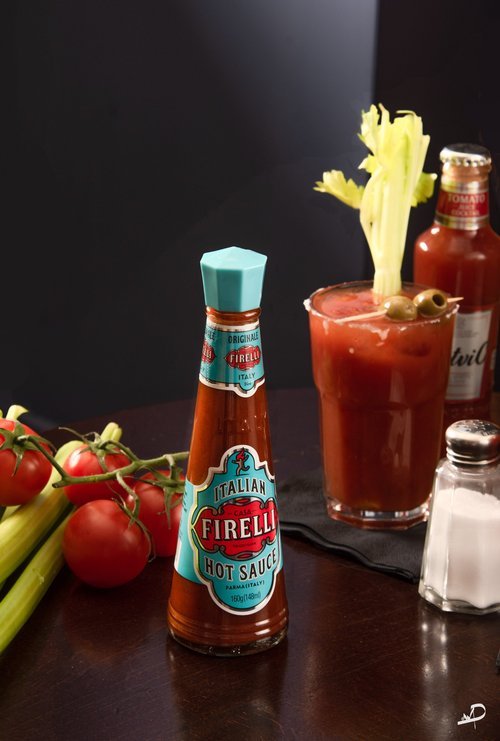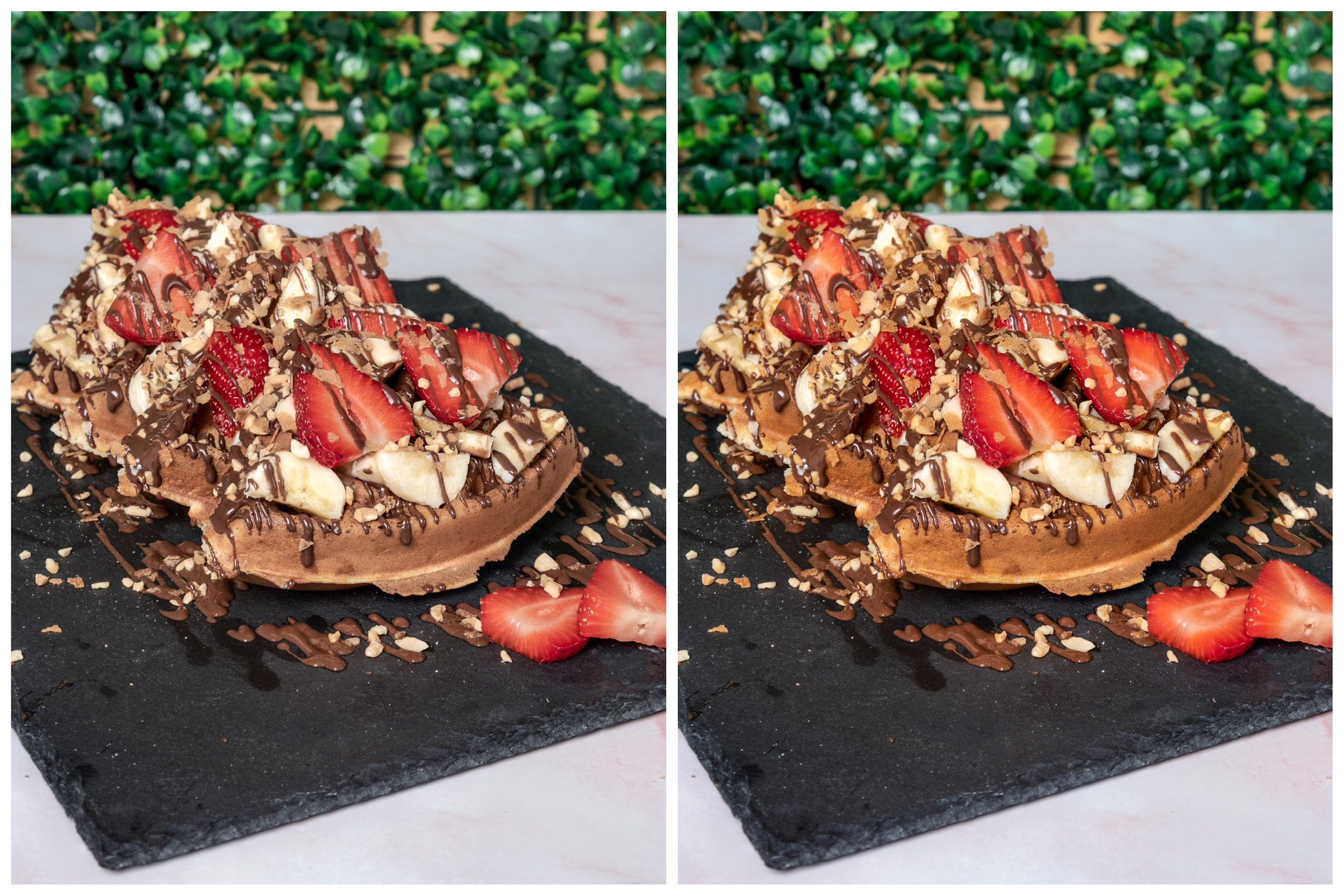Playing With Colour In Food Photography
Do you ever consider the colours within a picture, when you see a dish or place to eat?
For any genre of photography, colour is an important component to use and improve the quality of an image. Traditionally colour was not an issue and we only considered light and shadows.
Reference:
‘The meaning of colour
Colours range from primary to territory colours and are used in photography as a non-verbal form of communication. Each colour can express a certain message or emotion in the viewer. Every colour has its own meaning & a selection of words that relate, but this can differ from person to person depending upon each viewer’s beliefs and culture.’
Read more on understanding colour in photography
In this blog, I plan on covering what it means to use colour combinations when planning for a food picture. You can consider colour when on location in a restaurant, cafe or pub, not just within a studio for food product photography.
Colour Theory for Food Photography
Primary – red, blue, yellow.
Secondary – purple, green, orange.
Tertiary – a combination of the primary and secondary colours.
Let me introduce you to colour theory, as knowing about this, will help decide on your own colour combination.
After considering primary, secondary and tertiary colours, the common types of colour pairings in Colour Theory for food photography are:
Analogous Colours, Complementary Colours and Monochromatic Colours/Props.
COLOUR WHEEL
Theory to REMEMBER:
Analogous colours are 2-3 colours that are next to each other on the colour wheel. Using these colours will create images with a calm overall look and feel. Examples of these colours are: green and blue; yellow and green; orange and yellow & purple and blue, etc.
Complementary colours are the opposite colours on the colour wheel and using these together will make a cool and warm pairing. Examples of these combinations are these colours: red/green & purple/yellow.
Monochromatic colours & props is another way to highlight the colour of your food. By choosing neutral plates and backgrounds of the same colour, you will cause the food to stand out more. This can also be related to Light mood photography
This is a small section of an image, but you can see that the colour of the tart is a complementary colour to the table that the plate is on.
After reading and understanding colour theory, you need to start to put this into practice, so that your food images show delicious food because you have chosen the correct key colour combinations. Here are some stages to get you started:
Start by choosing your main colour
Colour should be used to enhance your image (Choose a secondary colour that makes your dish jump out off the screen.)
Choose colours that reflect your style and the type of the dish you are shooting (Light and bright colours will reflect the summery feeling. Darker colours, on the other hand, are perfect if you want to create a cosy winter setup)
Don’t use too many colours
Consider using warm or cool colours as these will determine the mood of the image. Combining cool and warm colours in an image will create visual contrast
REMEMBER THAT PRACTICE MAKES PERFECT FOR ANY TYPE OF PHOTOGRAPHY.
As this blog relates to the colour I wish to touch on a few other things that can affect the colour of your image and these are:
White Balance
Desaturate Colour
Both of these will change the tone or effect of the colour in an image. A good practice is always to shoot any type of photography in the correct white balance or Auto if you are not confident. You need to prevent having any incorrect colour casts in your image. It’s therefore important to make sure we are correcting our white balance to suit the colours we are shooting.
Here is an example of an image with a warm and a cool colour cast
You can visually see the difference between the two images, so either in the photography stage or edit stage amend any colour issues when required or you may wish to deliberately have a cooler or warmer look to the final image.
This leads to desaturating the colour. This is when you decide to remove the colour intensity and this could help form your own food photography style if this technique is used in all of your food photography. When using colour, it is not always colourful and this is something to play with and not be afraid of.
Here is an example of where I have taken away some of the colours, take a look at the difference.
Image 1 I have taken away the overall colour and increased the reds, yellows and greens
Image 2 is the warm coloured picture
Which image looks better?
What Next?
Did you enjoy the content of this blog? I’d love to hear your thoughts, drop your comments below!
If you found this helpful, why not:
Subscribe to my blog for monthly tips, tricks, and styling inspiration to elevate your food photography.
Take Your Skills Further: Ready to level up? Explore my one-to-one personalized tutorials and transform your food photography.
Book a Session: Need professional shots for your brand? Let’s collaborate on your next food photography project!








